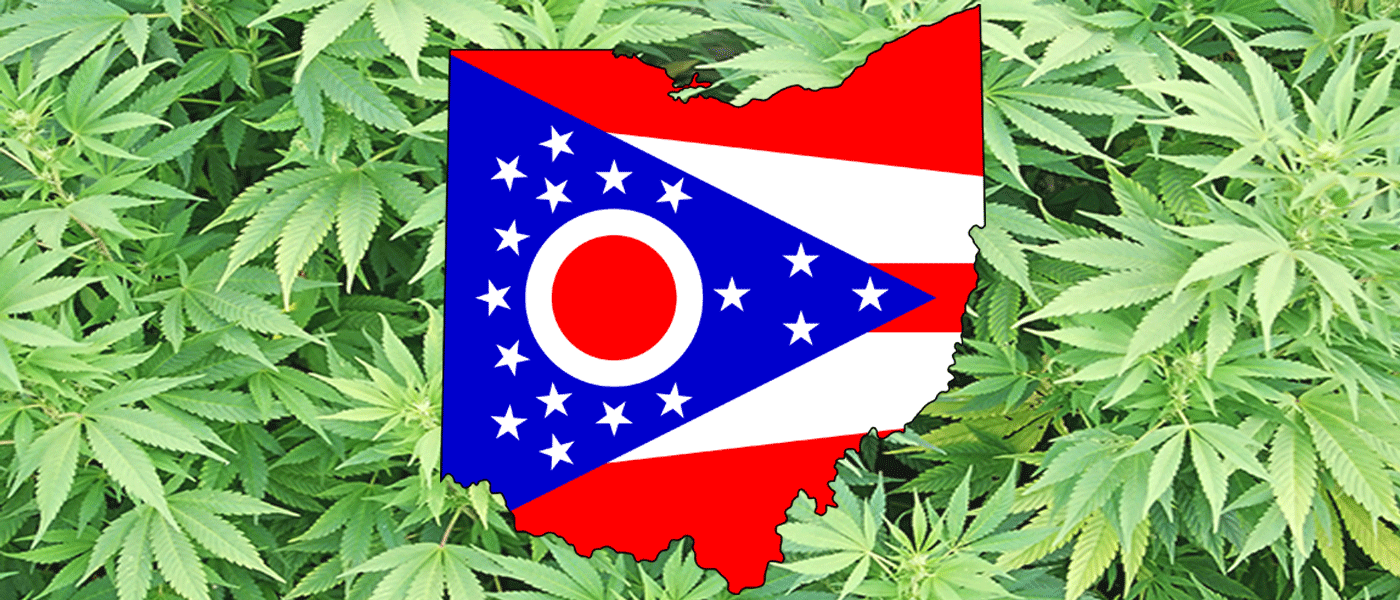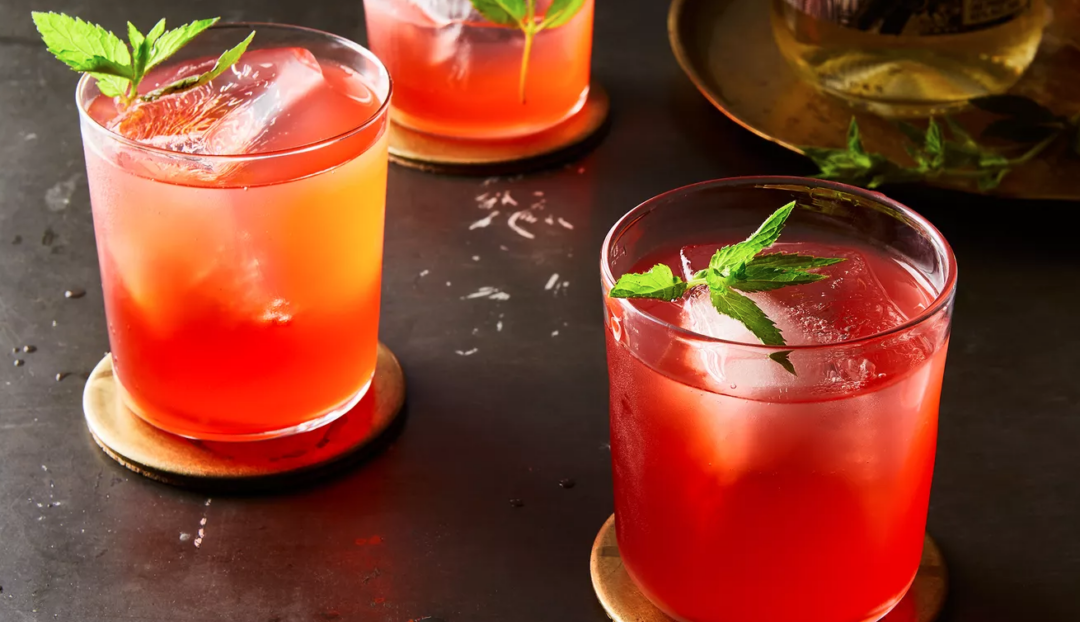Will the State of Ohio legalize cannabis this November? Officials announced Wednesday that the legalization initiative will appear on the November 2023 ballot.
The Coalition to Regulate Marijuana Like Alcohol (CTRMLA) submitted more than 220,000 signatures, short by 679. Officials gave them ten more days, and the activists found 6,500 more.
Ohio’s Secretary of State found that 4,405 of those signatures were valid. This means in November, residents can decide: will Ohio legalize cannabis?
Will Ohio Legalize?
“We are grateful to the thousands of Ohioans who helped us get to this point and are excited to bring our proposal to regulate marijuana like alcohol before Ohio voters this coming Election Day,” Tom Haren, a spokesperson for CTRMLA said.
The group’s 41-page proposal wants to see legal cultivation, manufacturing, testing, and sales to people over 21. They also advocate for growing at home, with a limit of six per person and 12 per household.
Like other states, Ohio will likely create a new regulatory bureaucracy to hand out licenses and dole out fines and penalties if the ballot measure passes.
So will Ohio legalize cannabis? While statewide ballot initiatives legalizing cannabis have been popular in the US, it’s rare in Ohio. The last time a citizen-initiated statute passed was in 2006 when Ohioans voted to outlaw indoor smoking.
Since Ohio’s beginning, there have only been four citizen-initiated statutes passed. So will Ohio legalize? Even if a majority of residents vote in favor, the Ohio General Assembly could amend or even rescind the statute.
This isn’t the first time Ohioans have been asked about legalization. In 2015, 63.4% of voters rejected a constitutional amendment that would have created a cannabis monopoly with only 10 (government-handpicked) growers for the entire state.
Ohioans voted against the cannabis bill and voted for an anti-monopoly amendment, which prevents something like that from happening again.
So what are the details this time? Will Ohio legalize cannabis if it doesn’t mean a government-protected cartel of 10 exclusive growers?
Ohio Legalization Details
Ohioans were right to reject the 2015 amendment. But what about the initiative for this November? The actual ballot measure may differ from CTRMLA’s wording. But we can still get a general idea of what to expect.
- Age restriction: 21 and older
- Legal possession of up to 2.5 ounces of flower
- 15 grams of concentrates
- Individuals can grow up to six plants for personal use.
- A maximum of 12 plants per household
- 10 percent sales tax on cannabis
- A new bureaucracy: a “Division of Cannabis Control” established under the state Department of Commerce
- The new bureaucracy will have the authority to “license, regulate, investigate, and penalize adult use cannabis operators, adult use testing laboratories, and individuals required to be licensed.”
- Medical cannabis businesses can easily switch over to recreational markets.
- The new cannabis bureaucracy will issue licences in “preference to applications who are participants under the cannabis social equity and jobs program.”
- Individual municipalities can opt-out from having cannabis companies in their jurisdiction (but cannot ban medical cannabis firms)
- Employers are still able to keep their anti-cannabis policies.
- Regulators would be required to provide “cannabis addiction services,” which involves broadcasting propaganda about cannabis and burdening individuals with the “addiction and recovery” mentality that their brain is broken or “diseased.”
- “Study and fund” criminal justice reform that includes cannabis expungements
Will Ohio Legalize? Pros and Cons
Will Ohio legalize cannabis? While not perfect, the November initiative is far better than the monopoly amendment from 2015.
Still, the November ballot leaves much to be desired.
As we’ve covered before, markets are self-regulating. We have a centuries-old Anglo-American legal tradition to draw from if or when “market failure” occurs.
A legal cannabis industry (or any industry, for that matter) doesn’t need government bureaucracies handing out licenses and issuing rules based on their perspectives of “best practice.”
A government that bans your right to grow a medicinal plant unless you have the correct “papers” is oppressive. It may be petty tyranny compared to other areas of the world, and certainly when compared to our history, but it’s tyrannical nevertheless.
But the cons of Ohio’s November ballot go beyond mere licensing and regulation. Will Ohio legalize cannabis this November? If not, it may be because, like in 2015, Ohioans are unhappy with the details.
CTRMLA’s November Ballot
Critics have pointed out that the CTRMLA’s initiative text lacks concrete information on cannabis expungements. Instead of specific language indicating clear expungements for those with cannabis on their records, they dance around the issue by suggesting criminal justice reform.
As well, employers can maintain their anti-cannabis policies. While we’re all for private businesses doing what they want, if cannabis is legal in your state, it’s annoying to be subject to drug tests for things you do outside of work in your free time.
While prioritizing certain applicants based on gender or race (as opposed to merit) is becoming increasingly common (and accepted) in America, the CTRMLA’s initiative doesn’t address the issue this way.
Instead, they want the new bureaucracy to prioritize applicants based on “social equity,” but only through the jobs program. In other words: you may have to go through Maoist struggle sessions before getting your commercial cannabis licence.
Their demand that regulators “enter into agreement” with addiction programs may be to win over the more conservative-thinking Ohioans.
But ultimately, framing habitual behavior as “disorders,” or as the consequences of exterior forces, undermine the individual’s ability to evaluate their substance use rationally.
Of course, the organization’s name, the Coalition to Regulate Marijuana Like Alcohol, tells us everything we need to know.
Ohio should not regulate cannabis like alcohol. Alcohol is a poison. Too much of it, and you die. Too much over a long period, and you die from cessation.
Cannabis is a medicinal herb. There is no lethal overdose. It needs as much regulation as your locally-grown tomato.
But, if your options are complete prohibition or a lesser version of it envisioned by CTRMLA, then the latter is often (but not always) the better option.
So will Ohio legalize cannabis? We’ll find out this November.

 Cannabis News2 years ago
Cannabis News2 years ago
 One-Hit Wonders2 years ago
One-Hit Wonders2 years ago
 Cannabis 1012 years ago
Cannabis 1012 years ago
 drug testing1 year ago
drug testing1 year ago
 Education2 years ago
Education2 years ago
 Cannabis2 years ago
Cannabis2 years ago
 Marijuana Business Daily2 years ago
Marijuana Business Daily2 years ago
 California2 years ago
California2 years ago































